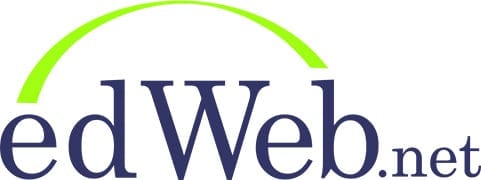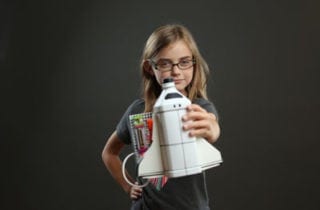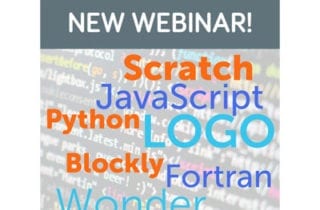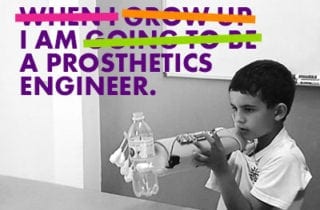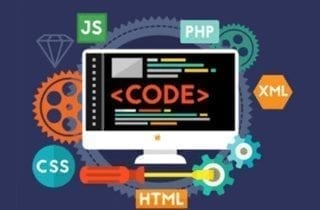In this edWebinar, Dr. Azi Jamalian, Head of Education Strategy at littleBits, discusses the need for creativity, collaboration, communication, and critical thinking skills, and how we can engage girls and boys in STEM through invention-based learning.
In this edWebinar, explore languages from early computing like Fortran and Logo and more recent ones like Processing, Scratch, Python.
In this edWebinar, Dr. Azadeh Jamalian, Head of Education Strategy at littleBits, discusses best practices on applying for STEM and coding grants
In this edWebinar, presenters from Wonder Workshop share how K–8 classrooms can bring coding to the canvas and provide students with tangible ways to explore, learn and delight in computational drawing with tools.
In this edWebinar, Dr. Azadeh Jamalian discusses best practices for bringing hands-on coding and STEAM into your school and review guidelines on coding.
This year during the annual Computer Science Education Week, educators and students around the world participated in the Hour of Code, an event designed to demystify and engage educators and students in coding. What are some ways to get started with coding, for an Hour of Code or afterwards? Kelly Knight, STEAM Coordinator at Riverside Presbyterian Day School, Jacksonville, FL, presented ideas and tips in “Get Ready for Hour of Code.”
While coding is an essential 21st century language, coding alone won’t be enough to prepare today’s students for tomorrow’s careers. What students are able to DO with coding is what matters. Jon Samuelson, Innovation Strategist at Beaverton School District in Beaverton, OR, presented tips and tricks for student involvement in the recent edWebinar, “Coding + STEAM: Getting Students Future Ready.”
In this edWebinar Kelly Knight, STEAM Coordinator at Riverside Presbyterian Day School, shares her tips, tricks, and tools for making Hour of Code epic.
In this edWebinar, Alfonso Mendoza explains how he introduced a comprehensive computational thinking and coding program with his students.
In this can’t-miss edWebinar, you’ll hear from Jon Samuelson, Innovation Strategist at Beaverton School District, Beaverton, OR, who is actively combining coding with STEAM learning objectives.

